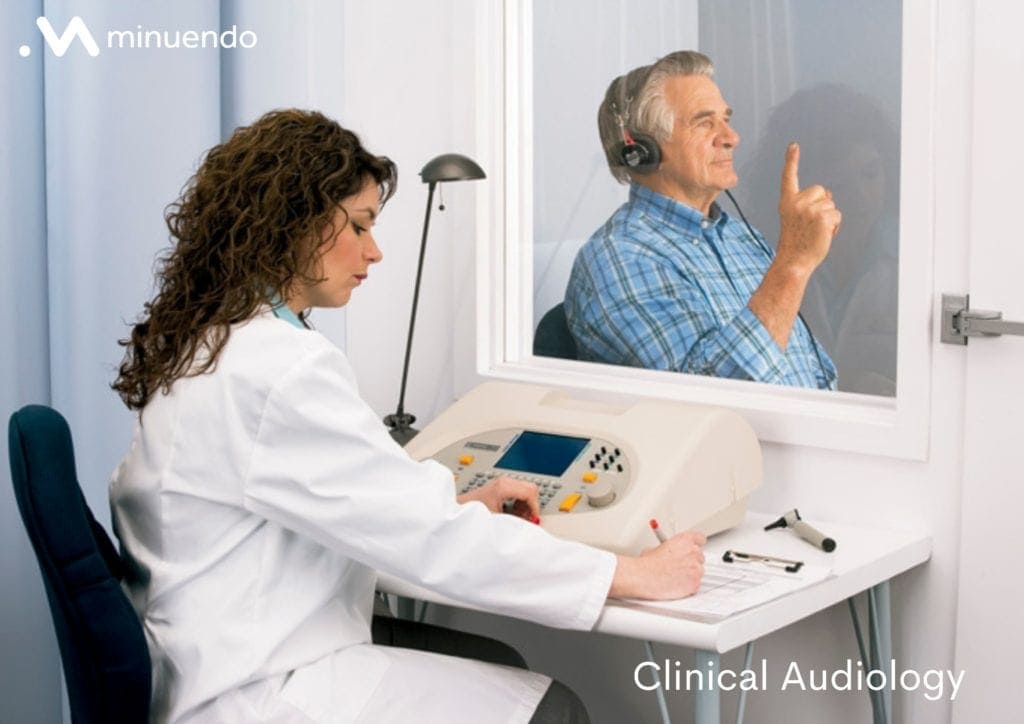Hearing Threshold Shift
Hearing threshold shift refers to a change, either temporary or permanent, in an individual’s hearing sensitivity. This shift is typically caused by exposure to loud noise, which can lead to a reduction in the ability to perceive sounds at lower volume levels than before the exposure. Understanding the dynamics of hearing threshold shifts is crucial for preventing noise-induced hearing loss (NIHL), a common occupational and recreational hazard.
Types of Hearing Threshold Shifts
There are two primary types of hearing threshold shifts:
- Temporary Threshold Shift (TTS): This is a short-term decrease in hearing sensitivity that gradually recovers over time once the noise exposure has ceased. Recovery can take from several minutes to a few days, depending on the intensity and duration of the noise exposure. Symptoms often include muffled hearing and sometimes tinnitus (ringing in the ears).
- Permanent Threshold Shift (PTS): This occurs when the damage to the inner ear structures, specifically the hair cells, is severe enough that hearing does not fully recover. PTS results in a lasting reduction in hearing sensitivity, and the damage accumulates with repeated exposures to loud noise.
Causes and Mechanisms
The primary cause of hearing threshold shifts is exposure to loud noise. This can include single, very loud events (like explosions) or prolonged exposure to high noise levels (as found in certain workplaces or with loud music). The mechanism of damage involves:
- Mechanical Stress: Loud noises can cause physical damage to the delicate structures of the inner ear, especially the hair cells, which are crucial for converting sound waves into neural signals.
- Metabolic Exhaustion: Intense sound exposure can deplete the energy resources of the inner ear, leading to temporary dysfunction and eventual damage if recovery is not possible.
Measurement and Diagnosis
Hearing threshold shifts are typically measured using an audiogram, a graph that shows an individual’s hearing sensitivity across different frequencies. An increase in the threshold of hearing (measured in decibels, dB) indicates a hearing loss. For occupational settings, regular hearing tests are recommended to monitor changes in hearing thresholds over time.

Prevention and Management
Preventing hearing threshold shifts involves controlling noise exposure:
- Use of Hearing Protectors: Earplugs and earmuffs are effective at reducing the intensity of sound reaching the eardrum.
- Regulation of Noise Levels: In workplaces, adhering to legal limits on noise exposure is critical. Use of quieter machinery and sound damping materials can help reduce overall noise levels.
- Education and Training: Informing individuals about the risks of loud noise and proper hearing protection techniques is essential.
Why is Hearing Threshold Shift Important?
A hearing threshold shift is a significant indicator of potential or actual damage to hearing health. By understanding the types, causes, and preventive measures associated with hearing threshold shifts, individuals and organizations can take effective steps to protect against noise-induced hearing loss.
